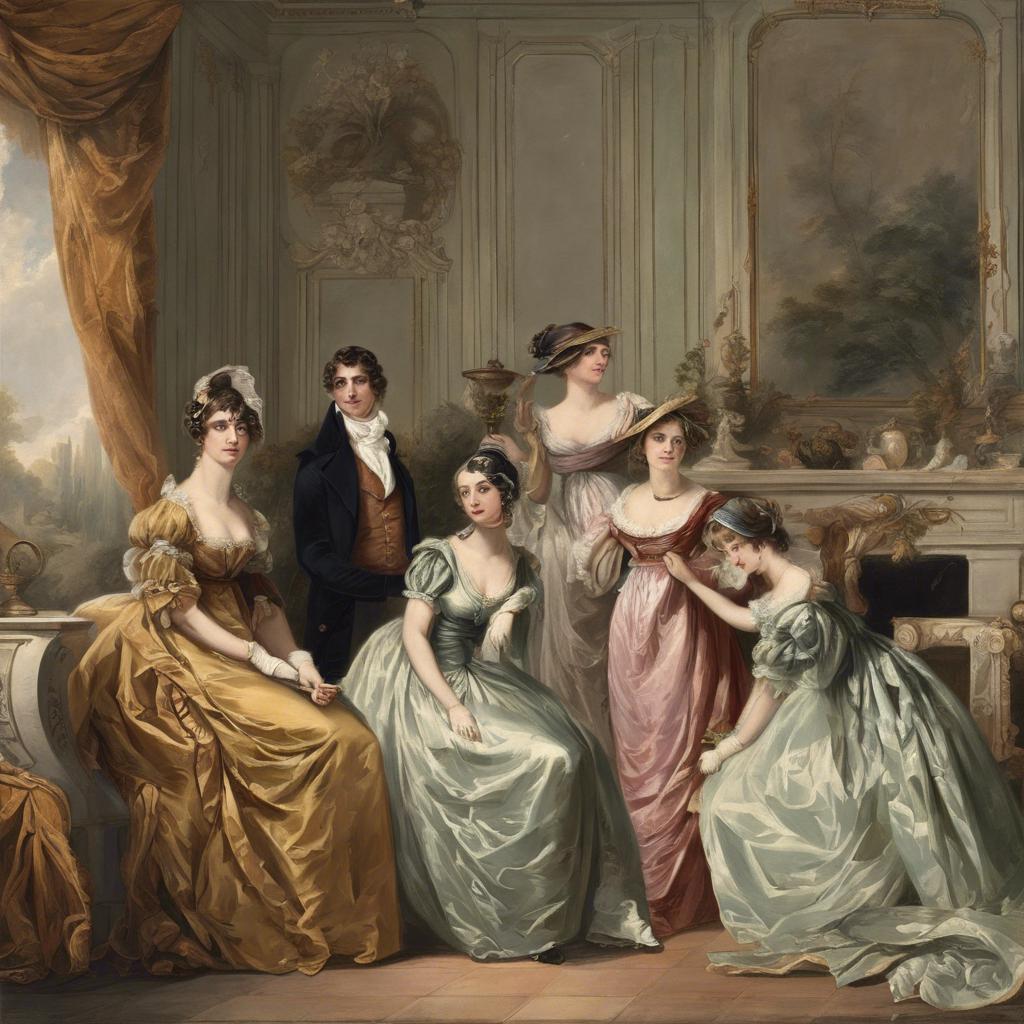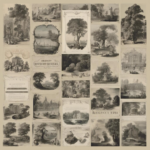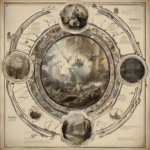The Regency Era, spanning from 1811 to 1820, was a period of profound political and social change in British history. Marked by the regency of Prince George, later King George IV, this era saw the rise of Romanticism in literature and the arts, as well as significant advancements in industry and technology. Join us as we delve into the intricate tapestry of the Regency Era years, exploring the key events, figures, and cultural developments that shaped this pivotal period in British history.
Step Into the World of Cheryl Bolen
Dive into the enchanting stories of love, intrigue, and elegance set in the Regency Era. Cheryl Bolen's novels offer timeless romance and captivating tales that will leave you wanting more.
Explore Cheryl Bolen's Books Now
Overview of the Regency Era: A Period of Elegance and Transition
The Regency era, spanning from 1811 to 1820, was a time characterized by both elegance and transition in British history. This period was named after the Prince Regent, who ruled in place of his father, King George III, due to the king’s illness. The Regency era is often associated with the cultural changes and societal shifts that took place in England during this time.
During the Regency era, fashion played a significant role in reflecting the values and attitudes of society. Women’s clothing became more flowing and classical, with high-waisted dresses, empire silhouettes, and delicate fabrics like muslin being popular choices. Men’s clothing also evolved, with tailcoats and top hats becoming staple items in a gentleman’s wardrobe.
Aside from fashion, the Regency era was also a period of literary excellence, with renowned authors like Jane Austen and Lord Byron making significant contributions to English literature. The architecture of the time also saw a shift towards the classical revival style, with grand buildings and sweeping facades becoming common sights in cities like London and Bath.
Key Characteristics of Regency Fashion and Society
In the regency era, fashion and society were characterized by a distinct sense of elegance and refinement. Women’s fashion was defined by high-waisted dresses made of light fabrics such as muslin, with empire silhouettes that accentuated the natural waist. Men’s fashion, on the other hand, consisted of tailcoats, waistcoats, and breeches, reflecting a more formal and structured style.
Aside from fashion, regency society was marked by its strict social hierarchy and etiquette. The upper class held lavish balls and social gatherings, where strict rules of conduct were followed. It was a time when manners and appearances were of utmost importance, reflecting the ideals of civility and refinement.
The regency era also saw the rise of influential literary figures such as Jane Austen, whose novels captured the essence of regency society. These works provided a window into the social norms and values of the time, shedding light on the complexities of relationships and societal expectations during the regency period.
Exploring the Political Landscape of the Regency Era
During the Regency Era, which lasted from 1811 to 1820 in England, the political landscape was characterized by a complex interplay of power dynamics and ideologies. The era was marked by the rule of Prince George, who served as Prince Regent due to his father’s incapacity. This period saw significant shifts in political alliances and the emergence of new political movements.
One of the key features of the Regency Era was the dominance of the Tory party, led by figures such as Prime Ministers Spencer Perceval and Robert Banks Jenkinson, Lord Liverpool. The Tories advocated for traditional values and supported the monarchy, while also promoting policies that favored the landed gentry and aristocracy. On the other side of the political spectrum, the Whigs, led by prominent figures like Charles Grey, Earl Grey, pushed for political reform and greater representation for the middle and working classes.
The political landscape of the Regency Era was also influenced by external events, such as the Napoleonic Wars and the growing unrest in the colonies. These factors led to debates on issues such as national security, economic policy, and governance. the Regency Era was a time of profound political change and social upheaval, setting the stage for the reform movements of the later 19th century.
Recommendations for Further Study and Exploration of Regency Culture
If you are interested in diving deeper into the fascinating world of Regency culture, there are several recommendations for further study and exploration that you should consider:
First, immerse yourself in the literature of the era. Explore the works of renowned authors such as Jane Austen, Lord Byron, and Mary Shelley. These writers offer invaluable insights into the social norms, values, and customs of the Regency period, providing a window into the hearts and minds of the people who lived during this time.
Second, delve into the art and fashion of the Regency era. Study the exquisite portraits of Thomas Lawrence and the elegant designs of Beau Brummell. By examining the visual aesthetics of the period, you can gain a deeper appreciation for the importance of style and refinement in Regency society.
Future Outlook
the Regency era marked a significant period in British history, characterized by cultural, social, and political change. From the elegance of fashion and architecture to the tumultuous events of war and revolution, the early 19th century was a time of transition and transformation. As we reflect on the legacy of the Regency years, we are reminded of the enduring impact of this era on modern society. Let us continue to study and appreciate this pivotal moment in history, preserving its lessons and insights for future generations.


